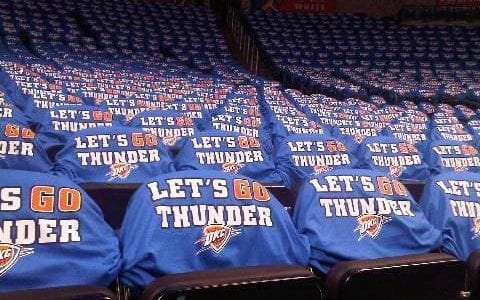Corey Gaines, head coach of the WNBA’s Phoenix Mercury, runs a fantastic clinic each season for local coaches. A great college and pro player himself, Corey always talks about leaders he played for and the effect they had on him.
 One of Corey’s favorites is Pat Riley. With Riley, the devil was in the details – it wasn’t about “standing out wide” or “on the wing” or “in the paint” on a particular play. Instead, if you were asked to be in a spot in the offense, the EXACT location was repeatedly drilled into your head: “Less than the distance of a dime between your heels and the baseline, precisely one foot outside of the lane.”
One of Corey’s favorites is Pat Riley. With Riley, the devil was in the details – it wasn’t about “standing out wide” or “on the wing” or “in the paint” on a particular play. Instead, if you were asked to be in a spot in the offense, the EXACT location was repeatedly drilled into your head: “Less than the distance of a dime between your heels and the baseline, precisely one foot outside of the lane.”
Every coach taught from a similar play book, but Riley wanted his players to run “his” plays better than anyone, creating more floor space than any other team, providing an opportunity for a greater percentage of uncontested shots and ultimately made-hoops on every single possession.
Running our plays
We all have similar play books and technologies to help us track how and how many times our reps run “our plays” in a given day, week or month. As managers, when we meet at conferences and workshops, we end up talking very macro – comparing minimum rep requirements on categories such as calls, opportunities, appointments, etc.
How can we learn from Riley and apply the same logic to how we lead our teams? What tools do CRM and other technologies provide that enable us to dive deeper into the details of the plays we are asking our reps to run? We run four plays that have worked well for our team.
1. Turn Over New Stones
Just about every CRM system enables you to track the number of calls reps have made, per day, by campaign. With the Devils, where we use Microsoft Dynamics, the source campaign for a particular call could look something like this:
14DH- SGB 1/14/13 = 2013-14 Devils Hockey; Single Game Buyer from the January 14, 2013 home game
The approach we use remains the same across all departments: The only way to build your business is to ensure you get comfortable making the “uncomfortable” calls. Every day. This is how we manage that:
- Reps put the number of the call (1, 2, 3, 4, 5) in the subject line of every call into our CRM system as the rep moves the prospect into an opportunity.
- Reps must make a minimum number of “FIRST TOUCH” calls each day to ensure new prospects constantly flow into the sales funnel.
- The number of required first touch calls vary by day based on rep product focus (seasons, groups, premium, etc.).

2. Manage the Sales Cycle
[dropshadowbox align=”right” effect=”lifted-both” width=”250px” height=”” background_color=”#ffffff” border_width=”1″ border_color=”#dddddd” ] “Today’s business world is entirely too customizable moves way too fast to be reliant on 3×5 cards and excel spreadsheets. If we demand excellence out of our sales representatives, we must supply them with the tools necessary to maximize their daily effort. Utilizing an integrated CRM system is one of the easiest and best ways we can ensure that our reps have the power of instant and real-time information to drive sales results.” ~David McElwee, Sr. Director of Ticket Sales and Service, Washington Nationals[/dropshadowbox]Our sales cycles begin in February.
“Today’s business world is entirely too customizable moves way too fast to be reliant on 3×5 cards and excel spreadsheets. If we demand excellence out of our sales representatives, we must supply them with the tools necessary to maximize their daily effort. Utilizing an integrated CRM system is one of the easiest and best ways we can ensure that our reps have the power of instant and real-time information to drive sales results.” ~David McElwee, Sr. Director of Ticket Sales and Service, Washington Nationals[/dropshadowbox]Our sales cycles begin in February.
- We offer fans “Early Access” to full season tickets.
- Partial ticket plans are not available during this sales cycle.
- First-touch calls with legitimate full-season objections are assigned as a “re-approach” call in another sales cycle.
- Re-approach calls are never considered a “FIRST TOUCH” again during that “14DH” sales season.
The goal is to ensure a minimum number of real first touch calls are made each day by all the reps. It’s not enough to make X number of calls in a day. We want to know what types of calls are made. Specifically, we want new prospects worked into the mix every day.
3. Define & track opportunities
An opportunity is a prospect:
- whose needs have been assessed,
- has formed a relationship with the rep,
- at least been invited down for a tour, and
- has received a specific product recommendation.
[dropshadowbox align=”right” effect=”lifted-both” width=”250px” height=”” background_color=”#ffffff” border_width=”1″ border_color=”#dddddd” ] “In using Microsoft CRM on a day-to-day basis, I’ve found my time-efficiency improved dramatically due to the system’s ability to strategically pinpoint the length and nature of calls during the sales process. By utilizing the information previously entered into the system to monitor exhausted calls and outstanding opps, I’ve been able to concentrate my energy on more fruitful opportunities. Simply stated – meticulous tracking of calls within the system simplifies the process for the reps and saves time better spent on new business.” ~Brian Proctor, Fan Development Consultant, New Jersey Devils [/dropshadowbox]The challenge with most reps is holding onto these folks for way too long without a successful close. They are afraid to give them up. Reps commonly pile these up well beyond a month.
“In using Microsoft CRM on a day-to-day basis, I’ve found my time-efficiency improved dramatically due to the system’s ability to strategically pinpoint the length and nature of calls during the sales process. By utilizing the information previously entered into the system to monitor exhausted calls and outstanding opps, I’ve been able to concentrate my energy on more fruitful opportunities. Simply stated – meticulous tracking of calls within the system simplifies the process for the reps and saves time better spent on new business.” ~Brian Proctor, Fan Development Consultant, New Jersey Devils [/dropshadowbox]The challenge with most reps is holding onto these folks for way too long without a successful close. They are afraid to give them up. Reps commonly pile these up well beyond a month.
We track opportunities based on duration since opening into three categories: 0-2 weeks, 2-4 weeks and 4+ weeks. We’ve found a qualified opportunity (all 4 above) that takes over a month to make a decision or return a call isn’t likely to close. When we meet with reps, we have them leave a “break-up” message with these folks. This message informs the prospect that despite the early interest they showed this will be the last time the rep will be reaching out to them.
The “break-up”:
- allows reps to “move on” from prospects taking up their physical and emotional energy,
- clears out time to bring more Call #1 prospects into daily outreach,
- prompts a % of the prospects to call back, knowing the rep will no longer be contacting them, and
- ultimately gives the rep some form of closure.
To make the reps even more comfortable with the process of “breaking up,” if a broken up account calls back and buys something from anyone in the department within the next 60 days, the sale is credited to the rep who left the break-up message.
4. Empower Your Players to Call Their Own Plays
It’s great to have a system. It’s even better to have a system your reps believe in and follow.
Each morning reps are asked to pull up their virtual “Hustle Boards” from CRM and send an email to our management team. The email contains an evaluation of the previous day’s outreach:
- First touch numbers
- Multi-touch numbers
- Other opportunity calls
- Opportunity break-ups
- Appointments set
[dropshadowbox align=”right” effect=”lifted-both” width=”250px” height=”” background_color=”#ffffff” border_width=”1″ border_color=”#dddddd” ] “CRM allows me to track all touch points throughout the sales process from cold outreach to warm opportunities, and stay completely organized. This allows me to maximize my time and effectively manage each prospect.” ~Jared Schoenfeld, Director at the Madison Square Garden Company[/dropshadowbox]By having reps evaluate their hustle boards each morning on each bullet point, we ensure reps stick to a strategy they believe in. If first touch calls are low on a particular day, they know they need to pick it up the following day.
“CRM allows me to track all touch points throughout the sales process from cold outreach to warm opportunities, and stay completely organized. This allows me to maximize my time and effectively manage each prospect.” ~Jared Schoenfeld, Director at the Madison Square Garden Company[/dropshadowbox]By having reps evaluate their hustle boards each morning on each bullet point, we ensure reps stick to a strategy they believe in. If first touch calls are low on a particular day, they know they need to pick it up the following day.
Managers could review the hustle boards on our own, but asking the reps to pull up their boards and email key learnings ensures they understand how our system works. Our system becomes their system. They can understand and run and make changes effectively on their own without our having to tell them what to do.
Winning
Riley succeeded at every level in the NBA from coaching to the front office: Showtime Lakers, Bruising Knicks, and now the Big Three Heat. At each stop, the players and their individual styles have changed. Yet the attention to detail has not. Riley’s consistency resulted in NBA Finals and Championships. Sales people change year to year. The real question is how will you use CRM and technology to pay attention to the details to ensure your team’s success?

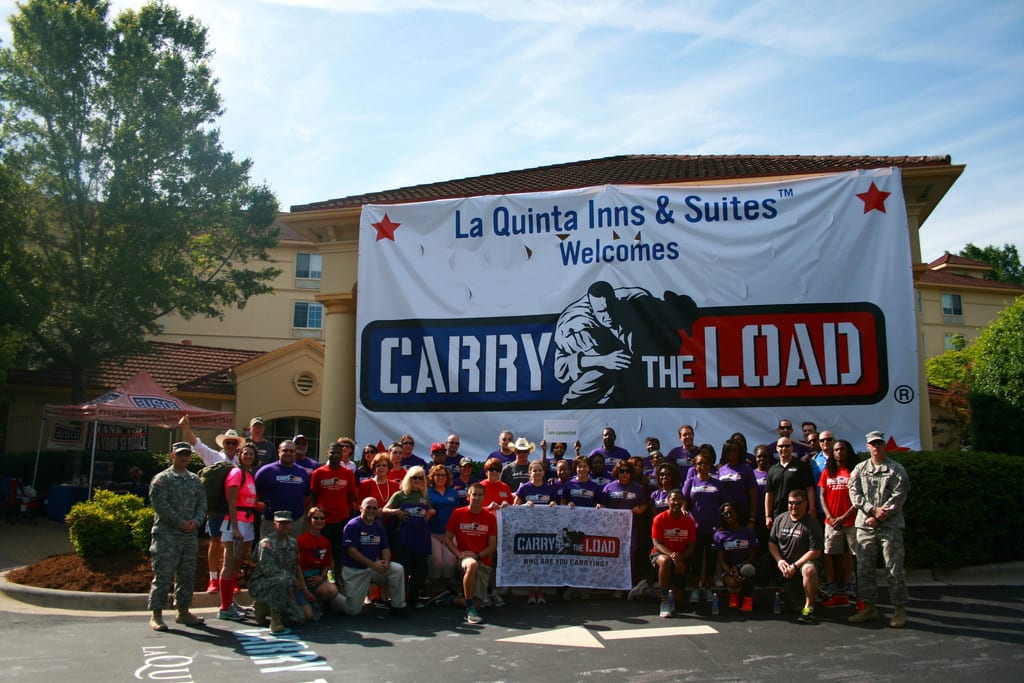




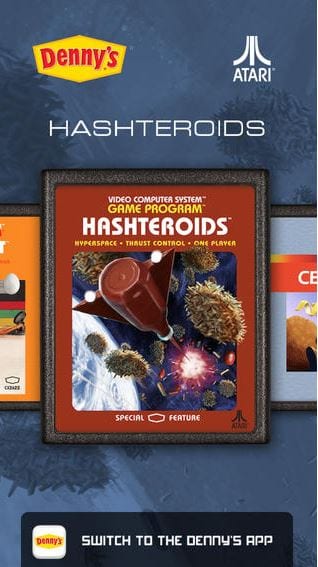

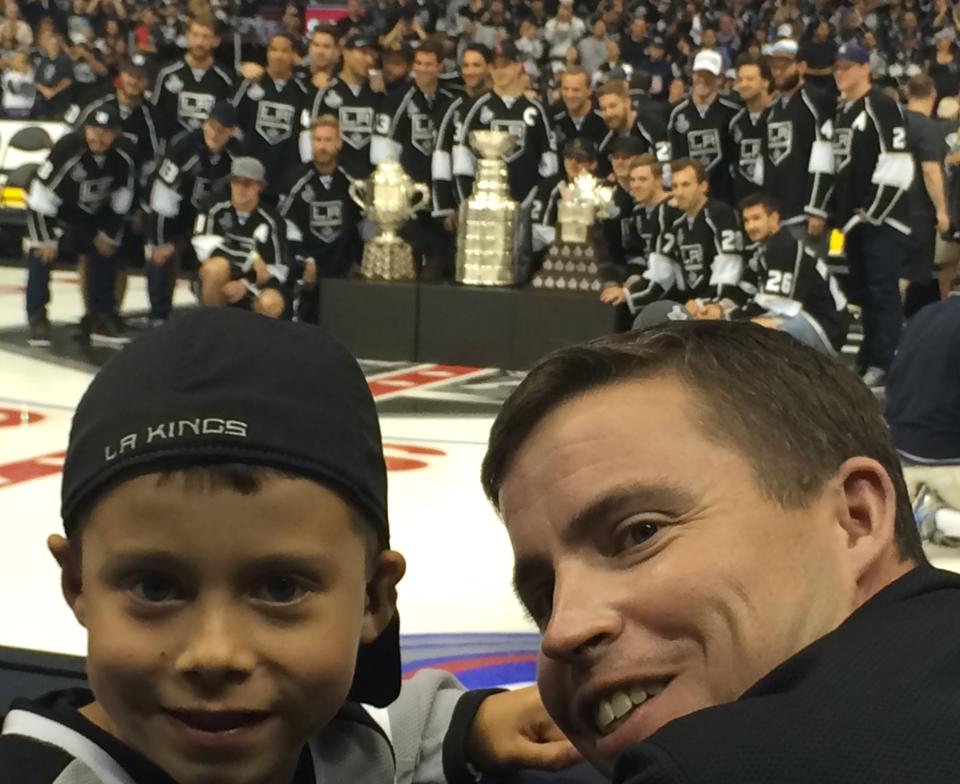
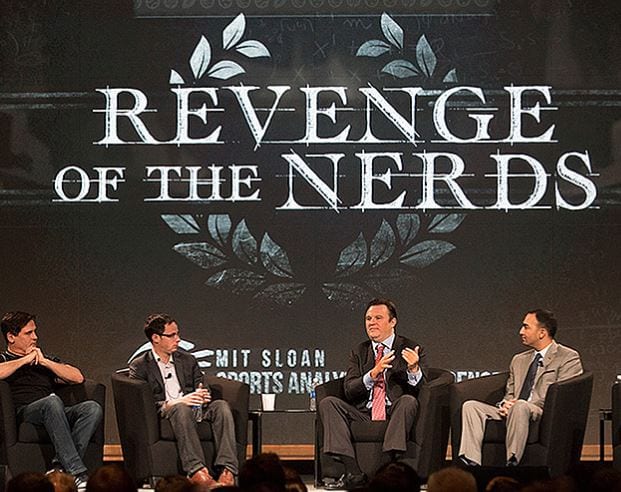












 A commission plan must be consistent year to year and fairly simple to understand. We have made only minor adjustments over the last 12 years.
A commission plan must be consistent year to year and fairly simple to understand. We have made only minor adjustments over the last 12 years. ~
~ 
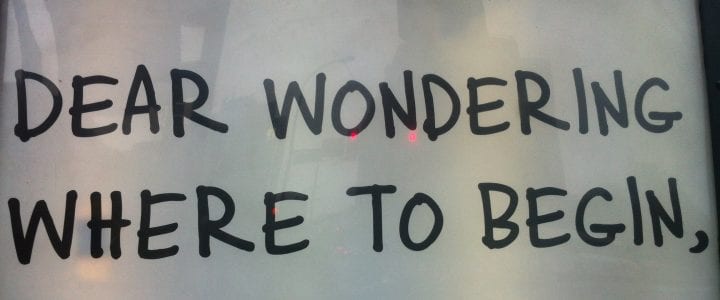
 One of Corey’s favorites is Pat Riley. With Riley, the devil was in the details – it wasn’t about “standing out wide” or “on the wing” or “in the paint” on a particular play. Instead, if you were asked to be in a spot in the offense, the EXACT location was repeatedly drilled into your head: “Less than the distance of a dime between your heels and the baseline, precisely one foot outside of the lane.”
One of Corey’s favorites is Pat Riley. With Riley, the devil was in the details – it wasn’t about “standing out wide” or “on the wing” or “in the paint” on a particular play. Instead, if you were asked to be in a spot in the offense, the EXACT location was repeatedly drilled into your head: “Less than the distance of a dime between your heels and the baseline, precisely one foot outside of the lane.”
 “Today’s business world is entirely too customizable moves way too fast to be reliant on 3×5 cards and excel spreadsheets. If we demand excellence out of our sales representatives, we must supply them with the tools necessary to maximize their daily effort. Utilizing an integrated CRM system is one of the easiest and best ways we can ensure that our reps have the power of instant and real-time information to drive sales results.” ~
“Today’s business world is entirely too customizable moves way too fast to be reliant on 3×5 cards and excel spreadsheets. If we demand excellence out of our sales representatives, we must supply them with the tools necessary to maximize their daily effort. Utilizing an integrated CRM system is one of the easiest and best ways we can ensure that our reps have the power of instant and real-time information to drive sales results.” ~ “In using Microsoft CRM on a day-to-day basis, I’ve found my time-efficiency improved dramatically due to the system’s ability to strategically pinpoint the length and nature of calls during the sales process. By utilizing the information previously entered into the system to monitor exhausted calls and outstanding opps, I’ve been able to concentrate my energy on more fruitful opportunities. Simply stated – meticulous tracking of calls within the system simplifies the process for the reps and saves time better spent on new business.” ~
“In using Microsoft CRM on a day-to-day basis, I’ve found my time-efficiency improved dramatically due to the system’s ability to strategically pinpoint the length and nature of calls during the sales process. By utilizing the information previously entered into the system to monitor exhausted calls and outstanding opps, I’ve been able to concentrate my energy on more fruitful opportunities. Simply stated – meticulous tracking of calls within the system simplifies the process for the reps and saves time better spent on new business.” ~